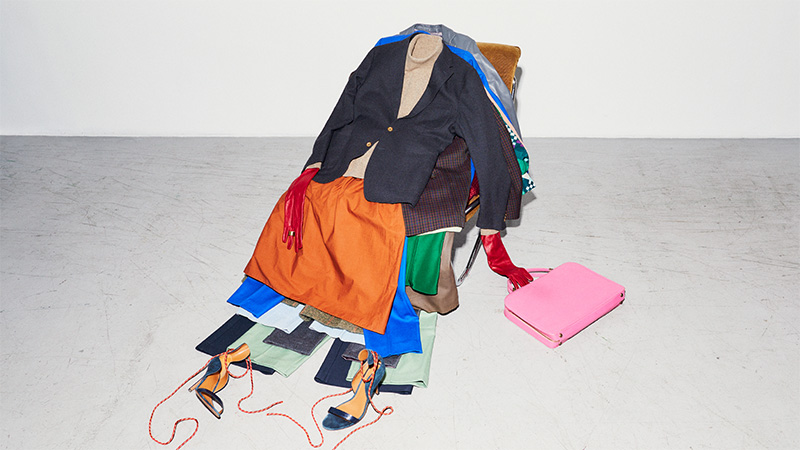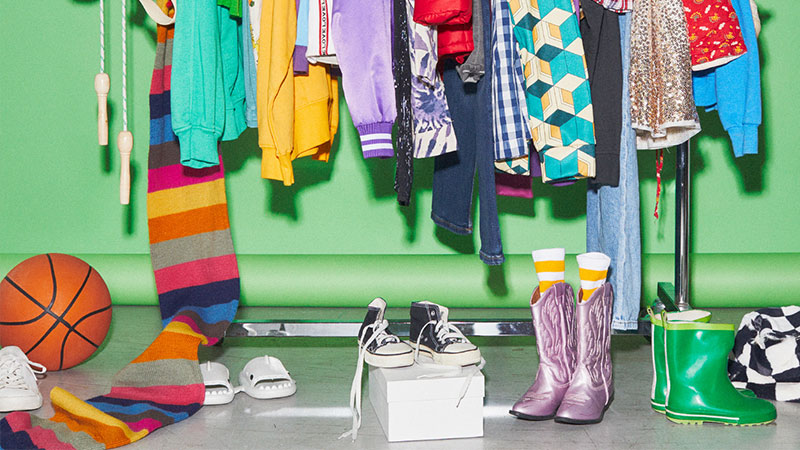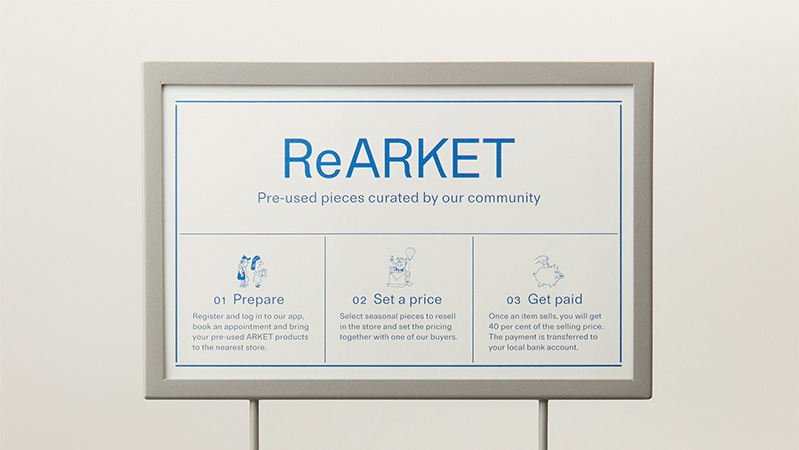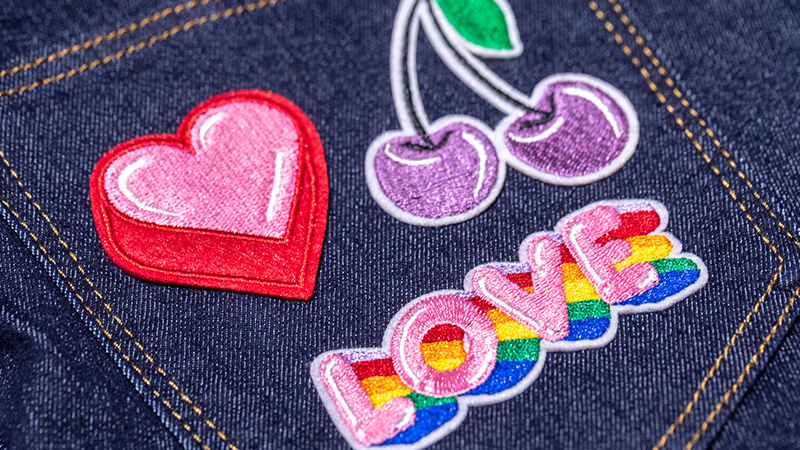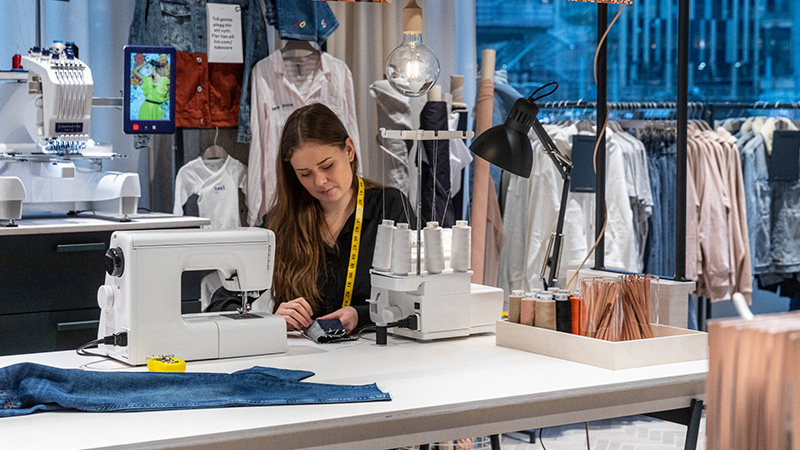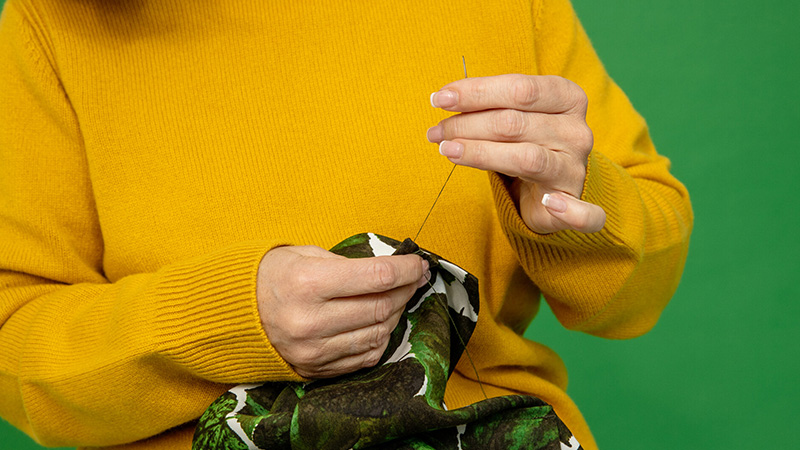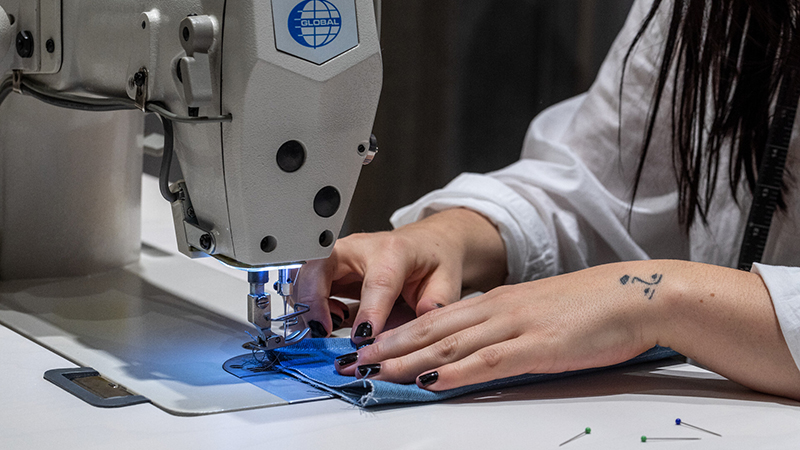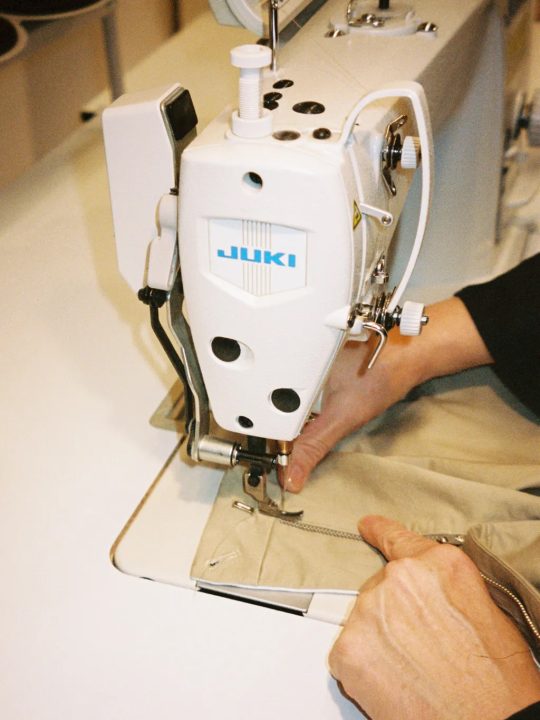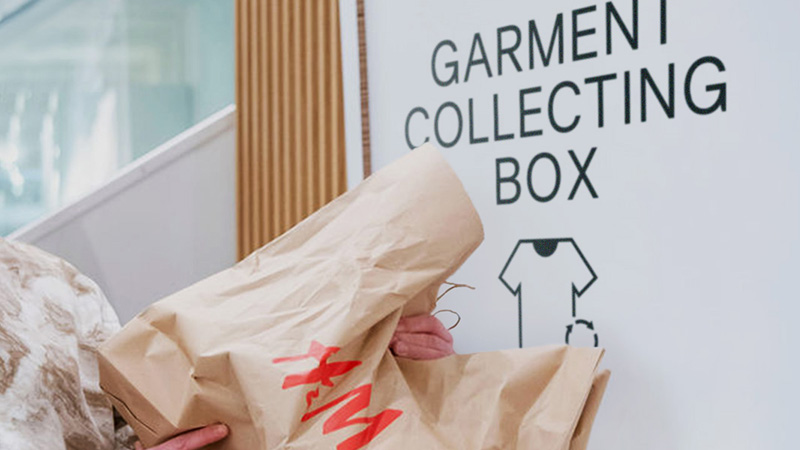We need to trial different services to find the ones that work best for us and our customers. Then we need to scale them. If these new models are going to help us reach our climate and biodiversity goals, they need to grow into being part of our core business.
We’ve already learnt a lot about resale. To make it a sustainable business, we need to build solutions that can help close the gap between customer intentions to shop more sustainably and their actions. We need to make second-hand as convenient and attractive as the traditional linear model. This is why we offer an integrated second-hand offer at hm.com in Germany and Sweden.
It needs to make economic sense to scale initiatives. We address this challenge and discuss how to incentivise a scalable transition in our position paper on circular business models as a means to prevent waste.
We publish our Sustainability Disclosure annually. In this document, we set out our goals and the progress we’ve made in the previous year. Find the latest version here. More up to date information can be included on this page.
